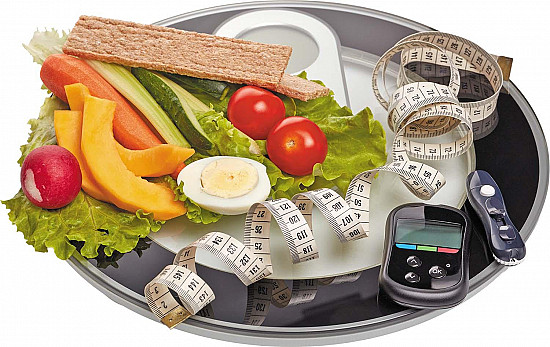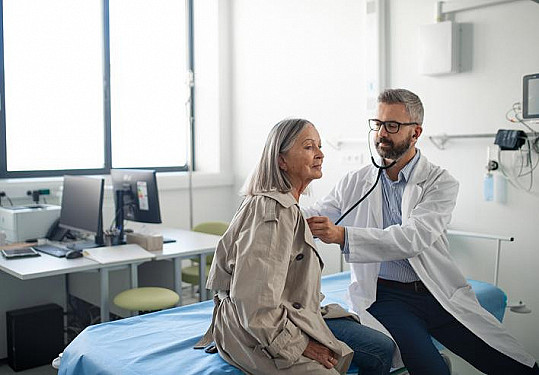
5 timeless habits for better health

What are the symptoms of prostate cancer?

Is your breakfast cereal healthy?

When pain signals an emergency: Symptoms you should never ignore

Does exercise give you energy?

Acupuncture for pain relief: How it works and what to expect

How to avoid jet lag: Tips for staying alert when you travel

Biofeedback therapy: How it works and how it can help relieve pain

Best vitamins and minerals for energy

Should you take probiotics with antibiotics?
Acute respiratory distress syndrome
Acute respiratory distress syndrome is a life-threatening condition that usually develops in people whose lungs have been damaged by injury or disease. It often leads to respiratory failure, in which the life-sustaining exchange of oxygen and carbon dioxide in the lungs is disrupted.
In acute respiratory distress syndrome, the air sacs of the lung tissue become filled with fluid and cannot exchange oxygen and carbon dioxide. It can be caused by pneumonia; severe bacterial infections in other parts of the body; inhaling vomit, water, or irritants; drug overdose; or severe injury.
In most people, death occurs if acute respiratory distress is not treated. Even with treatment, the survival rate is only 50%.
Symptoms
The first symptoms are usually an increase in those of the underlying condition. As acute respiratory distress syndrome develops, rapid, shallow, and labored breathing are the main symptoms. As it gets worse, the skin may take on a bluish tinge (called cyanosis) because the tissues are not getting enough oxygen.
Treatment
See your doctor immediately if you develop symptoms. He or she will measure the amount of oxygen and carbon dioxide in your blood and do a chest x-ray. People with acute respiratory distress syndrome are usually admitted to the intensive care unit of a hospital.
Antibiotics, and corticosteroids given intravenously, may be started. If it gets very difficult to breathe, a mechanical ventilator may be used to help you breathe.
Disclaimer:
As a service to our readers, Harvard Health Publishing provides access to our library of archived content. Please note the date of last review or update on all articles.
No content on this site, regardless of date, should ever be used as a substitute for direct medical advice from your doctor or other qualified clinician.

5 timeless habits for better health

What are the symptoms of prostate cancer?

Is your breakfast cereal healthy?

When pain signals an emergency: Symptoms you should never ignore

Does exercise give you energy?

Acupuncture for pain relief: How it works and what to expect

How to avoid jet lag: Tips for staying alert when you travel

Biofeedback therapy: How it works and how it can help relieve pain

Best vitamins and minerals for energy

Should you take probiotics with antibiotics?
Free Healthbeat Signup
Get the latest in health news delivered to your inbox!
Sign Up




